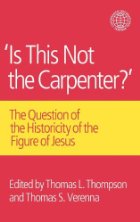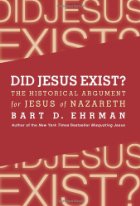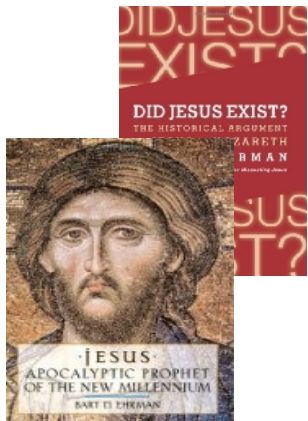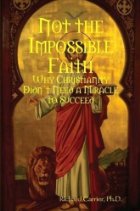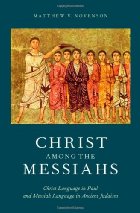Twenty years ago the late Michael Goulder wrote an article in which he argued that Paul was the Fourth Gospel’s Beloved Disciple (“An Old Friend Incognito,” Scottish Journal of Theology, 1992, Vol. 45, pp. 487-513). It is no secret that the Fourth Gospel’s Jesus is very different from the Synoptic one. Goulder proposed that its Beloved Disciple too is a very different version of a disciple we all know and love: Paul.

According to Goulder’s hypothesis:
John was writing round the turn of the century, and had not known Paul personally. He did know at least some of the Pauline letters which we have; and he inferred from them, reasonably but erroneously, that Paul had been one of the Twelve Apostles. He also inferred from them that Paul had been present at the Last Supper, the Passion and the Resurrection. He found reason for thinking that Paul had been loved by Jesus; but his reconstruction was met with so much incredulity that he felt obliged to keep his hero incognito. (pp. 495-96).
Thus, according to Goulder, it was a misunderstanding of certain Pauline passages that led the author of the Fourth Gospel to form a conception of Paul quite different from the one in the Acts of the Apostles.
- The scholar suggested that the very expression “the disciple that Jesus loved” may owe its origin to a mistaken understanding of Gal. 2:20: “But the life that I now live in the flesh, I live in faith in the Son of God, who loved me . . .”
- And he noted how easily one could have wrongly inferred from the words of 1 Corinthians 9:1 (“Am I not an apostle? Have I not seen Jesus our Lord?”) that Paul, like the other apostles, had met and received his call to apostleship from Jesus during the time of the Lord’s public ministry.
One particularly interesting example brought forward by Goulder was 1 Corinthians 11:23 ff. (“For I received from the Lord, what I also handed on to you, that the Lord Jesus, in the night in which he was betrayed, took bread etc.”). Goulder showed that the Fourth Gospel’s peculiar Eucharistic scenario could have plausibly arisen from a misidentification of the two occasions referred to by the 1 Corinthians passage, to wit:
“I received from the Lord” when I reclined on his breast at the Last Supper . . . “that the Lord Jesus, in the night in which he was betrayed” after the Feeding of the Five Thousand, “took bread etc.”
In the Fourth Gospel the Beloved Disciple was present at the Last Supper, but there is no indication given that he was present at the earlier event. And in that gospel it is implied that it was at that earlier event—the Feeding in Jn. 6—that Jesus instructed his followers to observe a eucharistic eating and drinking. His eucharistic discourse is given on that occasion and, correspondingly, there is no eucharist celebrated at the Johannine Last Supper. Thus the Beloved Disciple would have learned from Jesus at the Last Supper what had transpired after the earlier event, the Feeding of the Multitude. Continue reading “Is Paul the Beloved Disciple?”

